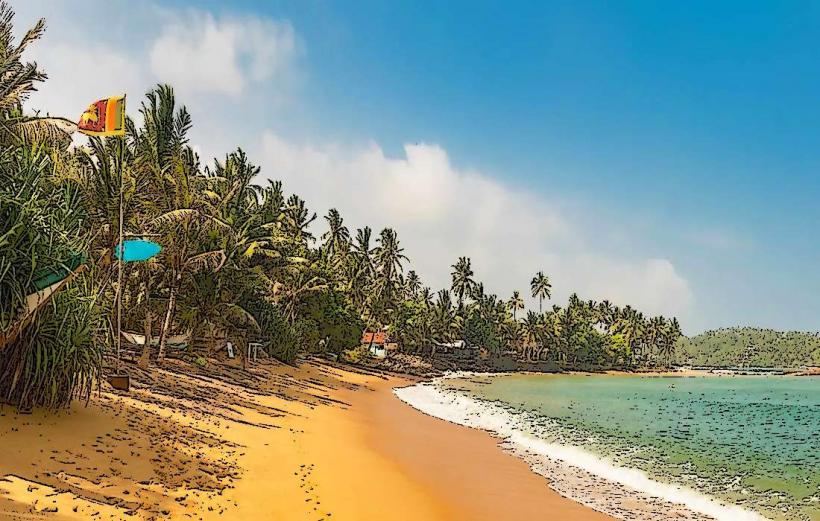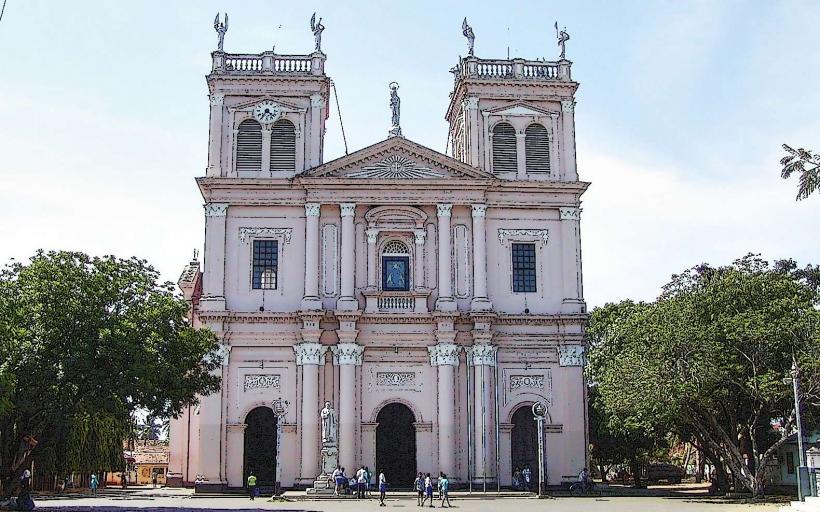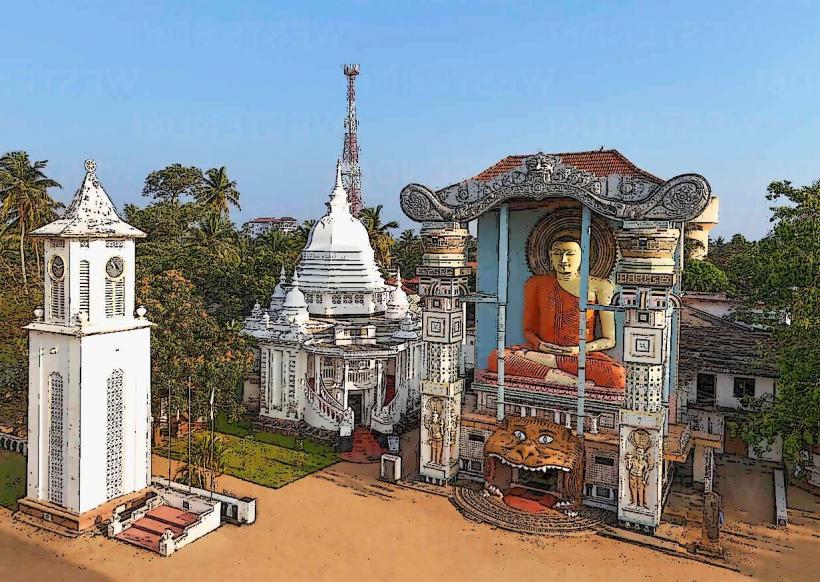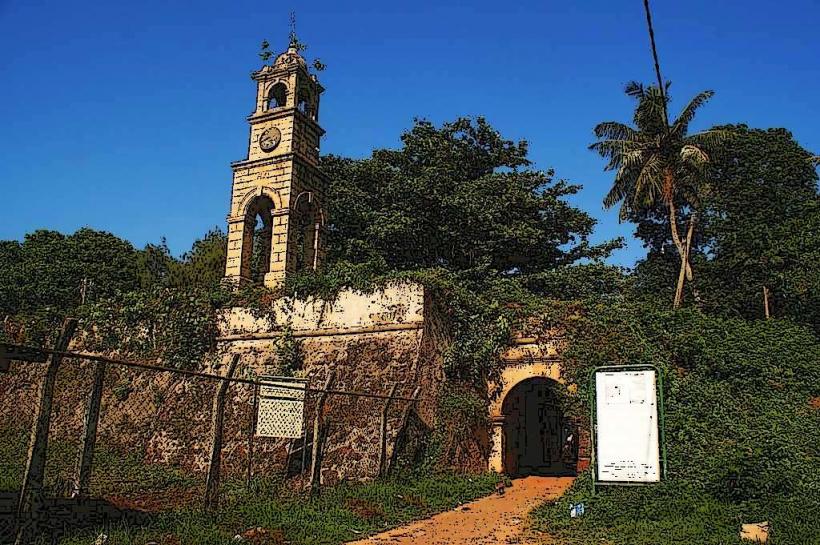Information
Landmark: Muthurajawela MarshCity: Negombo
Country: Sri Lanka
Continent: Asia
The Muthurajawela Marsh, located near Negombo in Sri Lanka, is one of the island’s most important wetland ecosystems. Spanning approximately 6,000 hectares, this marshland plays a vital role in biodiversity conservation, flood control, and ecological balance. The name Muthurajawela translates to "Swamp of Royal Treasure," highlighting its historical and cultural significance.
1. Overview
- Location: Southern edge of Negombo Lagoon, around 30 km north of Colombo.
- Size: Approximately 6,000 hectares, making it the largest saline coastal wetland in Sri Lanka.
- Type: Estuarine wetland, where freshwater meets seawater.
- Declared: A protected nature reserve in 1996 due to its ecological importance.
2. Biodiversity
Muthurajawela is a biodiversity hotspot, home to a wide range of flora and fauna. The marsh supports numerous endemic and migratory species.
Flora
- Mangroves: The wetland is rich in mangrove species that provide habitats for various animals and act as natural barriers against erosion.
- Aquatic Plants: Include species like water hyacinths, reeds, and lotus flowers.
- Grasslands and Swamp Forests: Found in areas with varying salinity levels.
Fauna
- Birds: Over 190 bird species are recorded, including kingfishers, herons, egrets, and migratory species.
- Mammals: Monkeys, fishing cats, and otters are some of the mammals that inhabit the marsh.
- Reptiles: Crocodiles, water monitors, and snakes like the python are common sightings.
- Fish and Amphibians: The marsh supports over 40 species of fish, many of which are vital to the local fishing industry.
- Insects and Butterflies: A variety of insects, including colorful butterfly species, thrive in this ecosystem.
3. Ecological Importance
- Flood Control: The marsh acts as a natural sponge, absorbing excess rainwater and mitigating floods in nearby areas.
- Carbon Sequestration: Mangroves and other vegetation help capture carbon dioxide, combating climate change.
- Water Filtration: It filters pollutants from water flowing into the Negombo Lagoon and the Indian Ocean.
- Wildlife Habitat: Provides breeding and feeding grounds for a diverse range of species.
4. Activities for Visitors
- Boat Safaris: The most popular way to explore the marsh is by boat. These safaris take you through the waterways, offering close encounters with wildlife and scenic views.
- Bird Watching: A haven for bird enthusiasts, the marsh offers opportunities to observe both resident and migratory birds.
- Nature Photography: The lush greenery, unique landscapes, and abundant wildlife provide excellent opportunities for photography.
- Ecological Learning: Visitors can learn about the importance of wetlands, biodiversity, and the challenges of conservation in Sri Lanka.
5. Visitor Information
- Opening Hours: Typically open from 6:00 AM to 6:00 PM.
- Best Time to Visit: Early mornings or late afternoons are ideal for spotting wildlife and enjoying cooler temperatures.
- Entry Fees: A small fee is charged, often included in guided boat tours.
6. Guided Tours
- Local guides and tour operators provide eco-tours with insightful commentary on the marsh’s biodiversity and history.
- Boat tours usually last 1 to 2 hours, covering significant parts of the wetland and the adjacent lagoon.
7. Challenges and Conservation
Despite its protected status, Muthurajawela faces several challenges:
- Pollution: Industrial and urban waste threaten the ecosystem.
- Encroachment: Human settlements and agriculture have reduced the wetland area.
- Invasive Species: Non-native plant species disrupt the natural balance.
Efforts by government agencies and NGOs aim to conserve the marsh through education, sustainable tourism, and stricter regulations.
8. Nearby Attractions
- Negombo Lagoon: Adjacent to the marsh, offering additional boating and birdwatching opportunities.
- Dutch Canal: A historical waterway built by the Dutch for transport and trade.
- St. Mary’s Church: A grand Catholic church showcasing the cultural diversity of Negombo.
9. How to Get There
- From Negombo: The marsh is located approximately 15 km south of Negombo, easily accessible by car or tuk-tuk.
- From Colombo: Around 30 km north of Colombo, accessible via the Colombo-Negombo main road.
10. Tips for Visitors
- Wear Comfortable Clothing: Light, breathable clothing and sturdy shoes are recommended.
- Bring Essentials: Sunscreen, insect repellent, binoculars (for birdwatching), and a camera.
- Respect Nature: Avoid littering and follow the guidelines provided by guides and eco-tour operators.
- Book in Advance: Guided boat tours may require prior booking, especially during peak tourist seasons.
11. Conclusion
The Muthurajawela Marsh is a natural treasure that offers visitors a chance to connect with Sri Lanka’s rich biodiversity and ecological heritage. Its scenic beauty, abundant wildlife, and tranquil ambiance make it a must-visit destination for nature enthusiasts and eco-travelers. A trip to the marsh is not only a journey into nature but also a step towards understanding the importance of conserving such unique ecosystems for future generations.





